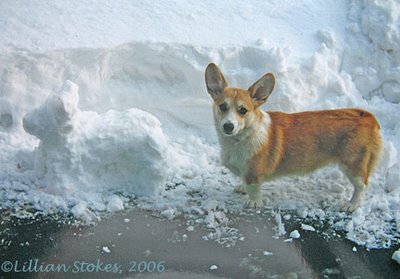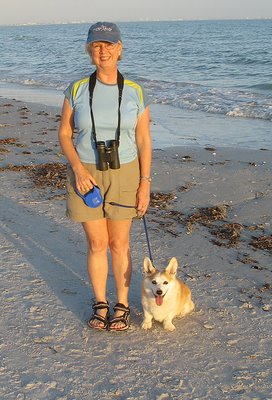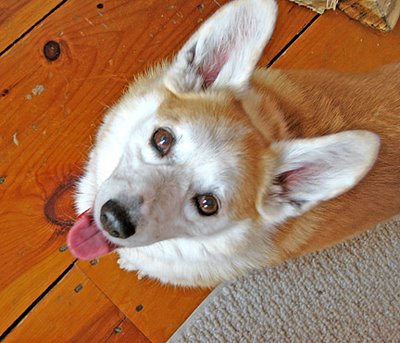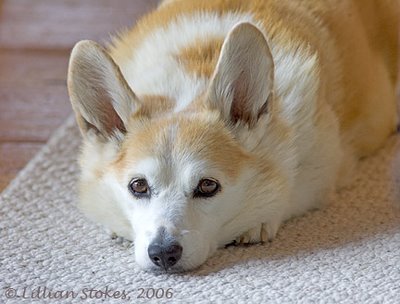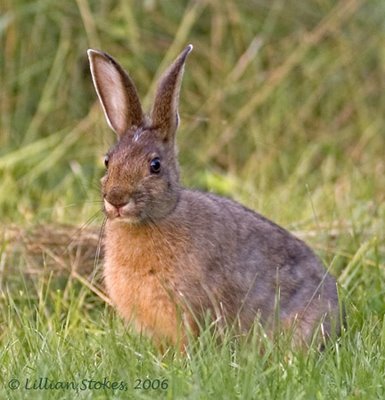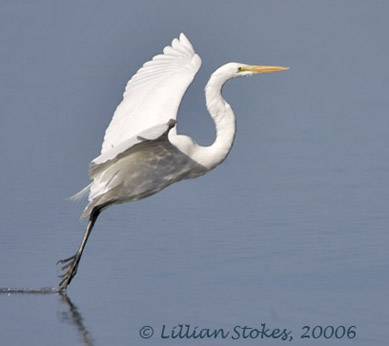
 Thanks to all of you who wrote us sympathy notes about the loss of Daisy, we really appreciate it. We are recovering and the things that are helping us are:
Thanks to all of you who wrote us sympathy notes about the loss of Daisy, we really appreciate it. We are recovering and the things that are helping us are:1. Kindness from friends
2. Getting joy from the bird life that continues on all around us, such as this male Ruby-throated Hummingbird who buzzes us as we sit and drink our morning coffee. We marvel at his tiny wings that beat so fast they're a blur. His jewel-red mirrored throat looks like Dorothy's shoes from the Wizard of Oz. Buttery male American Goldfinches, just starting to breed, look oh-so-perfect.
3. Chocolate
4. Our garden
5. We were at a restaurant right after Daisy died and, coincidently, they had this saying on a blackboard, "When one door of happiness closes, another opens. Often we spend so long looking at the door that has closed, we do not see the door that has opened."
We think about that and are taking our time, aware of the door that has closed, looking to the door that has opened and wondering where it will lead us.


